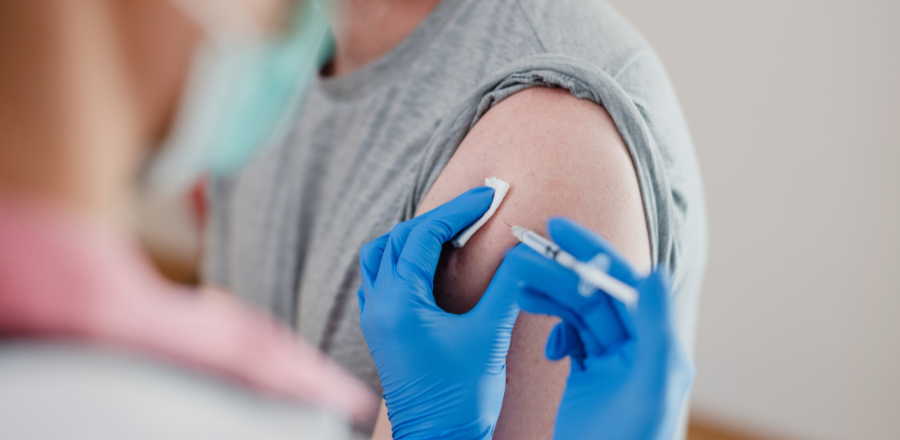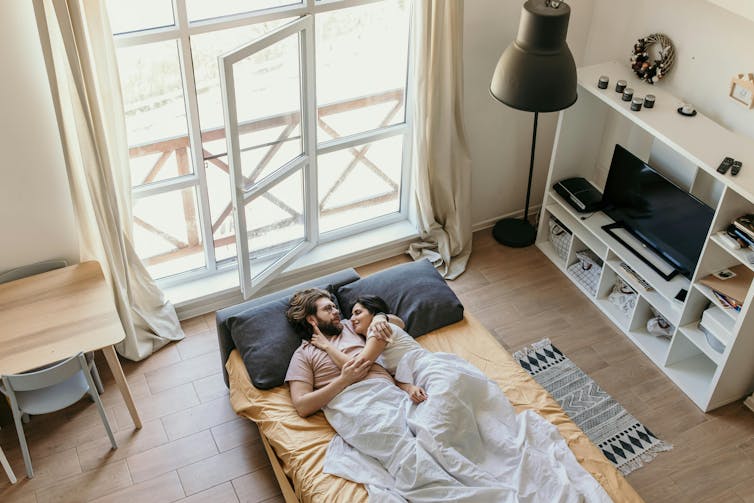Show video transcript
We are equal
Video transcript
We are equal – Australian Antarctic Program
Kim Ellis, Director, Australian Antarctic Division: “The original Antarctic programs were built on that great age of exploration at the turn of the 19th century, people like Mawson and Scott, Amundsen, all bearded white men, trekking across the Antarctica and for a long time our program replicated that but that time has passed, what we have started to do is transition into a program that’s got diversity in it. Through that diversity it has given us a much more robust basis on which to build a great world-class program.”
Women are now an integral part of all aspects of our operations.
Currently about quarter of Australia’s Antarctic population are women.
Women have led Australia’s Antarctic and sub-Antarctic stations since 1989.
Kat Panjari, Station Leader: “The thing I like most about being a station leader is bringing a diverse team of people together, from all sorts of different technical backgrounds, and having a shared vision contributing to the science program of the Australian Antarctic Division.”
We are at the cutting edge of new discoveries.
Dr Dana Bergstrom, Terrestrial Ecologist: “Antarctica is the end of the planetary spectrum for life. And here we’re in a very saline, desert area and we’re still finding life. And that’s what really excites me.”
Our work aims to lead and inspire other Antarctic nations.
Rebecca McWatters, Remediation Analyst: “Our project has been working on researching and developing remediation techniques for the last 20 years. We’ve worked across all the Australian stations, and we’ve also collaborated with a lot of different other nations.”
More than the science. Women are key to all aspects of Antarctic life. From field training. To engineering. From food. To aviation.
Dr Jan Wallace, Antarctic Medical Practitioner: “We’re about to receive a plane here from Davis, so I’m up here in several roles. Hopefully not as the doctor, because that would be part of an emergency response, today I’ve been the Hägg driver and chauffeur for the new passengers coming home.”
Back at Head Office, about 40% of the workforce is female.
Sarah-Jane Sheehy, Business Support Lead: “We have staff in various locations and at all our Antarctic stations, so my role involves a lot of governance work, risk management, operational procedures. We support such a diverse workforce and I love collaborating with lots of different stakeholders who specialise in different areas to support the AAP.”
Some roles support expeditioners who head south.
Deb Carwana, Expedition Clothing Store Officer: “We have a lot of tradespeople right through to scientists, people looking after birdlife, media people, it’s really, really vast actually and quite interesting. You meet all kinds of different people.”
Others are involved in operations.
Leanne Millhouse, Shipping Officer: “When I am on a voyage or I am summering, I am constantly either looking out of my office window or looking out of the bridge window, or the cabin window and this is my office I am lucky enough to get paid to do this. It’s a really positive experience, everyone’s really positive and everyone wants everyone to succeed.”
On the international stage, we lead Southern Ocean conservation efforts.
Dr Virginia Andrews Goff, Whale Biologist: “We have different populations of whales, targeting different types of krill, which has a flow on effect in terms of your ecosystem management practices around krill fisheries, around protecting whales and how we can feed that information up the line to policy makers, is really huge.”
We also lead on the international stage, spearheading Southern Ocean conservation efforts.
Gill Slocum, Australian Commissioner CCAMLR: “CCAMLR operates by consensus and that can be quote challenging at times because we need to get all 25 members to agree. However there’s a lot of strengths in consensus.”
While the Program has become more inclusive, it will only get bigger and better as we pursue equality.
Dirk Welsford, Science Program Leader: “That we make sure women have fair and equitable access to opportunities, whether that’s for leadership, for promotion, for getting jobs because no one has a monopoly on good ideas, I’ve certainly found that in my science career. Having a really good diverse cross section of the society inside the AAD is the best way for us to be successful.”
Our Commitment
The Australian Antarctic Division is committed to gender equality across all levels of the organisation.
Our Goals
AAD staff are proactive in driving gender equality.
AAD is an employer of choice recognised for its gender equality practices.
Increased number of women across all roles.
Our Actions
Implement Gender Equality Strategy
Provide flexible + supportive working arrangements
Offer networking, leadership and mentoring opportunities.
Ensure gender neutral recruitment processes
We will help you
Step up and take a proactive role
Call out issues
Embrace gender equality
Kim Ellis, Director, Australian Antarctic Division: “It’s really important that we embrace the diversity and we seek equity and equality in what we do, because it will bring to the program the very best in Australia, in the world, to actually deliver our responsibilities against the 20 Year Strategy and Action Plan.”






